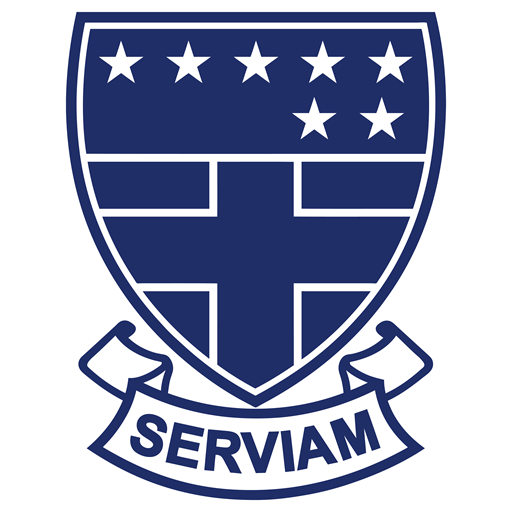Art

St Ursula’s School

Art Curriculum Intent
“Children see before they speak, make marks before they write, build before they walk. But their ability to appreciate and interpret what they observe, communicate what they think and feel, or make what they imagine and invent, is influenced by the quality of their art, craft and design education. “
Ofsted “Making a Mark report”
Art & Design education at St Ursula’s encourages pupils to explore visual, tactile and other sensory experiences to communicate ideas and meanings. They work with traditional and new media, developing confidence, competence, imagination and creativity. They learn to appreciate and value images, products and artefacts across times and cultures, and to understand the contexts in which they were made. In art, craft and design, pupils reflect critically on their own and other people’s work, judging quality, value and meaning. They learn to think and act as artists, craftspeople and designers, working creatively and intelligently. They develop an appreciation of art, craft and design, and its role in the creative and cultural industries that enrich their lives.
The curriculum has been carefully designed and planned by subject experts to provide a comprehensive and rigorous journey enabling students to develop mastery in art and design whilst enjoying the creativity and value of these subjects. It builds an awareness of the world beyond the students’ frame of reference, helping them to understand new viewpoints and cultural contexts. The Art and Design curriculum recognises the diversity of our school community and enables students to develop the knowledge and skills to respect opinions and views alternative to their own
Through the teaching of these subjects we aim to give our students the opportunities and skills to be able to:
- Experience and enjoy being creative.
- To express themselves, and their ideas, through a variety of materials and processes.
- To have the confidence to experiment and have resilience to failure.
- To build on their skills, knowledge and understanding by improving their control of tools, materials and techniques.
- To understand how their studies connect to industry and the world around them
- Develop their ideas from a variety of starting points, such as images, artefacts and design briefs.
- To explore the work of artists, craftspeople and designers and the art/craft/design of different cultures and ages.
- Use their hands to build, explore, test and create. Developing the ability to visually communicate.
- To broaden their expressive vocabulary and articulate their observations and thoughts through written, verbal and visual communication.
- To understand the difference between art as a visual language or expression and design as a process or plan for a product
- Use the design process to problem solve and produce products/ideas for the real world
Our curriculum provides students of differing ability, need and talent access to broad, rich and varied knowledge and skills. It is designed to be appropriately ambitious for all our students, from the highest attaining to those who require special consideration, whether that be SEND or a disadvantaged context
Key Stage 3
At KS3 pupils will study a range of artists’ and crafts peoples’ work within their projects and understand how to relate their own work to others’. Our pupils learn to study and observe from images and sources in their drawing and to further experiment with a variety of materials. They explore ideas and learn to develop their work through analysis and evaluation of their own outcomes and the work of others’. They are encouraged to express their thoughts and ideas freely to further their experiences of art and design. The KS3 themes of: Natural Forms (year 7), Human (year 8) and Environment (year 9) allow pupils to broaden a diverse contextual knowledge.
A foundation in drawing and colour theory in Year 7 provides a core set of skills that are revisited and recalled throughout the creative KS3 & 4 journey. Art studies primarily focus on the application of two dimensional skills and Design Technology follows the study of three dimensional skills including 3D Textiles, Ceramics, Graphics and Architecture. Both Art & Design Technology ensure studies are rooted in practical making skills, design and drawing to combine with digital skills used in industry including Photoshop, CAD and digital photography.
Links to curriculum maps:
Links to useful sites for KS3 students, parents and members of the public
- BBC Bitesize Art & Design
- KS3: http://www.bbc.co.uk/education/subjects/z6f3cdm
- Range of artists’ work: www.art2day.co.uk
- V&A Museum: www.vam.ac.uk
- National Gallery: www.nationalgallery.org.uk
- British Museum – www.britishmuseum.org
- Tate – www.tate.org.uk
- Pinterest – www.pinterest.com
- National Portrait Gallery – www.npg.org.uk
